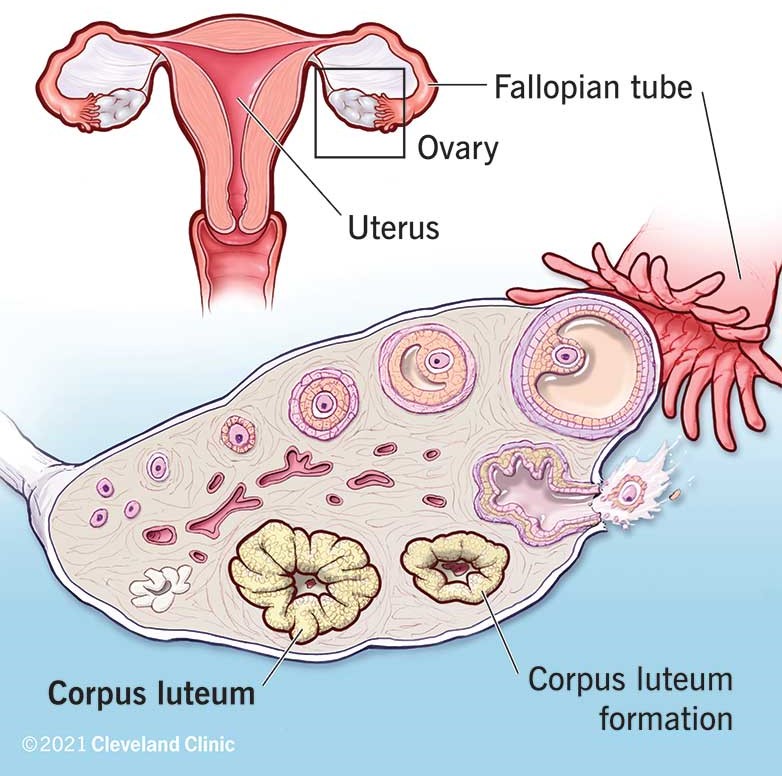Which of the following statements about bacteria and archaea is true?
A. A. Bacteria have a true nucleus while archaea do not
B. B. Archaea reproduce by spores while some bacteria reproduce by fission.
C. C. Bacteria can perform photosynthesis while archaea cannot.
D. D. Archaeal and bacterial flagella are constructed similarly.
Bacteria can perform photosynthesis while archaea cannot. Many types of bacteria can generate oxygen from sunlight through photosynthesis, while archaea cannot perform this process.
Choice A is incorrect because neither bacteria nor archaea have a true nucleus. Both are prokaryotic organisms. Choice B is incorrect because archaea reproduce by fission, fragmentation, or budding, while bacteria can produce spores and divide sexually or asexually. Choice D is incorrect because archaeal and bacterial flagella are constructed differently.
Therefore, the Correct Answer is C.



